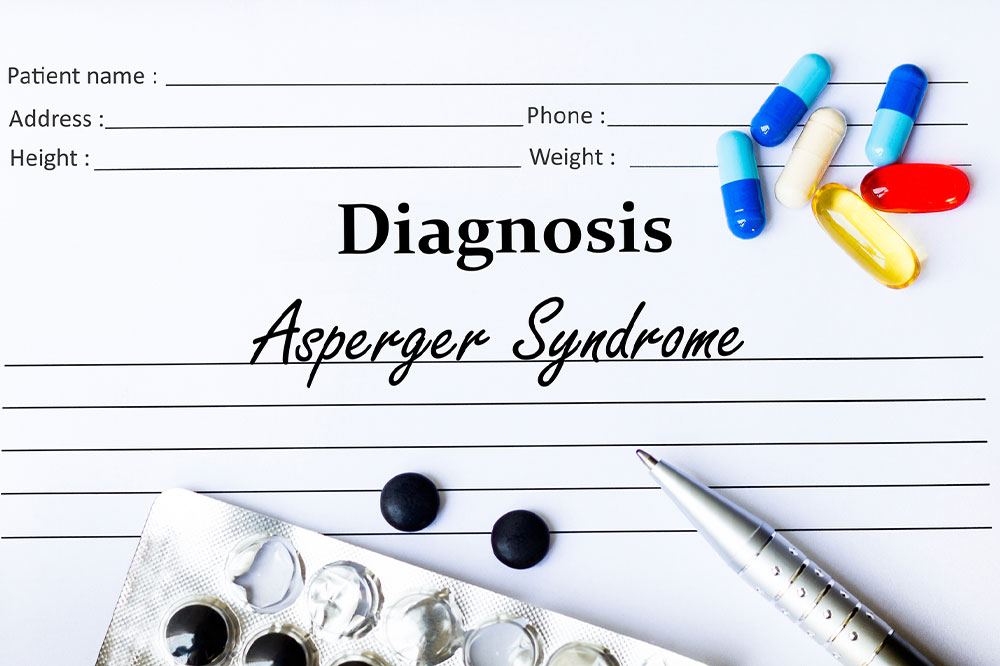Comprehensive Guide to Recognizing and Managing Childhood ADHD Symptoms
This comprehensive guide explores childhood ADHD symptoms, including its subtypes, diagnosis, and management strategies. Early detection and tailored interventions are key to helping children succeed academically and socially. The article emphasizes a multidisciplinary approach involving medication, behavioral therapy, and educational support to effectively manage ADHD in children, improving their overall quality of life.

Understanding and Effectively Addressing ADHD in Children
Attention Deficit Hyperactivity Disorder (ADHD) is a common neurodevelopmental condition that affects many children worldwide. While most children experience periods of distractibility or hyperactivity, those with ADHD exhibit persistent patterns that can interfere significantly with their academic performance, social interactions, and daily routines. Recognizing the signs early and understanding the different subtypes of ADHD is critical in providing timely support and management. This article delves into the core aspects of childhood ADHD, including its symptoms, subtypes, diagnosis, and effective management strategies.
ADHD manifests primarily in three different subtypes, each characterized by distinct behavioral patterns. The most common is the combined type, which features a mix of hyperactivity, impulsivity, and attentional difficulties. Children with this subtype often struggle with focusing on tasks, sitting still, and controlling impulses, making everyday activities challenging both at school and home.
The hyperactive type, on the other hand, is marked predominantly by excessive activity levels and impulsive behaviors. While children with this subtype may not face significant issues with concentration, their constant movement and impulsivity can lead to disruptions in classroom settings and social conflicts.
Finally, the inattentive type, also known as Attention Deficit Disorder (ADD), is sometimes more subtle. These children may not display hyperactivity but often experience difficulty sustaining attention, organizing tasks, and may withdraw socially or seem to be daydreaming. Recognizing this subtype is particularly challenging because it lacks the obvious hyperactive signs that typically flag ADHD.
Understanding these subtypes is essential because it influences how parents, teachers, and healthcare professionals approach diagnosis and intervention. Each child with ADHD is unique, and a tailored approach offers the best chance for effective management.
The core challenge with ADHD lies in its diagnosis. Unlike many medical conditions, there is no definitive laboratory test for ADHD. Instead, diagnosis involves a comprehensive evaluation that compares the child's behavior to typical developmental milestones and to peers of the same age. This process includes collecting detailed behavioral histories from parents, teachers, and caregivers, and observing the child's behavior in various settings.
Signs of ADHD usually become evident before the age of 12, but symptoms can sometimes be observed as early as preschool years. Key indicators include a consistent pattern of hyperactivity, impulsiveness, and inattentiveness lasting more than six months and occurring across multiple settings such as home and school. Some common behavioral symptoms include:
Constant fidgeting or squirming
Difficulty remaining seated or still
Impulsive actions without considering consequences
Interrupting or intruding on others' conversations or activities
Talking excessively
High distractibility and difficulty focusing on tasks
Struggling to complete assignments or chores
Children demonstrating six or more of these symptoms consistently over six months warrant a thorough evaluation by a healthcare professional specialized in childhood behavioral disorders.
It is also important to recognize that some behaviors can be misinterpreted. For example, a child's impulsivity might be mistaken for typical childhood misbehavior or reactions to environmental stressors, such as moving to a new school or experiencing health issues affecting the brain.
Early diagnosis is vital because it allows for timely interventions that can significantly improve a child's functioning. Treatment plans typically combine medication, behavioral therapy, and educational support, customized to meet each child's unique needs.
Management Strategies for Childhood ADHD
While there is currently no cure for ADHD, various approaches can effectively manage its symptoms. The primary goals are to reduce impulsivity and hyperactivity, improve attention span, and develop social and organizational skills. A combination of medication and behavioral interventions tends to be most successful.
Medication options include stimulant and non-stimulant medications. Stimulant medications, such as methylphenidate and amphetamines, are often prescribed because they have a proven track record of improving attention and reducing hyperactivity. However, they may have side effects like decreased appetite, sleep disturbances, or mild emotional changes. Non-stimulant medications, such as atomoxetine, are also available and preferred in some cases due to a lower risk of dependence.
Behavioral therapy focuses on reinforcing positive behaviors and establishing routines. Techniques include reward systems, social skills training, and parent education programs that help families implement consistent management strategies at home.
Educational accommodations can also play a significant role. Children with ADHD often benefit from individualized education plans (IEPs) that allow for adjustments in classroom settings, such as extended time on tests, seating arrangements, or breaks to help manage their attention and activity levels.
Additional support from psychologists, counselors, and special educators helps children develop coping mechanisms, organizational skills, and emotional regulation. Schools often implement behavioral interventions that foster a positive learning environment and minimize disruptions.
Despite the challenges ADHD presents, early intervention and a comprehensive management plan can significantly enhance a child's quality of life, academic achievement, and social interactions. Parents and caregivers should maintain open communication with healthcare providers and educators to monitor progress and adjust strategies as needed.
In conclusion, recognizing the signs of ADHD early and understanding its various subtypes is essential for effective management. A multidisciplinary approach, combining medication with behavioral and educational support, offers children the best opportunity to thrive despite their challenges. If you suspect your child may have ADHD, seek professional evaluation promptly to initiate appropriate interventions and support systems.





